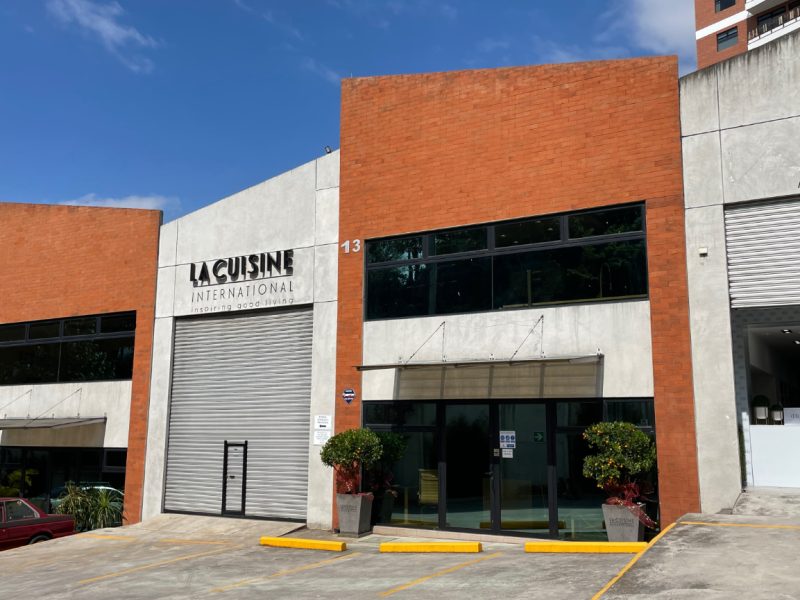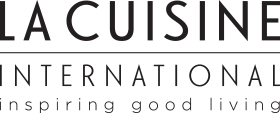
Our Company
Locations
Contact Us
Newsletter
Sign up to receive email updates on the latest products, collections and campaigns.
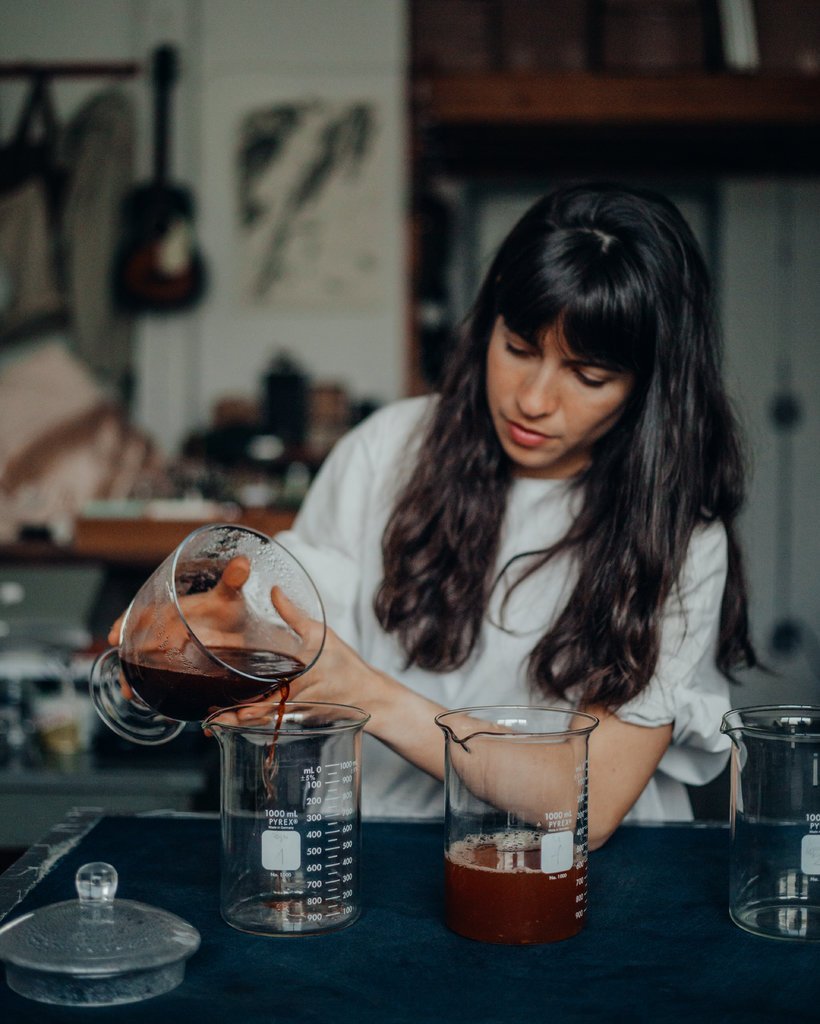
Defining María Elena Pombo according to a single profession is impossible. Multiple art expressions emerge from her ideas incessantly and become sustainable, with a deep love and respect for nature and its processes. With the certainty that respecting the natural rhythms always bears the best fruits.
Production engineering, fashion design, studies in philosophy and languages, internships in Paris and New York, a career that began with Michael Kors, having an architect mother, trips around Venezuela, the inspiration of the Slow Food Movement and her awareness of nature, transform María Elena into a cocktail that tastes like avocado but manifests itself in diverse forms of art and sustainability.
This interesting exclusive interview for Inspiring Good Living deals with her experiences, her vision of a sustainable future and her particular experiment with avocado seeds as a construction material.
A sea of knowledge
Regarding her training, María Elena Pombo honors the eclecticism of her studies as an engineer, which perhaps explain the depth of her ideas. “I have a rather particular education. I studied Production Engineering at the Simon Bolivar University in Venezuela (with a semester at the National Institute of Applied Sciences in Lyon, France) and after graduating, I came to New York to study Fashion Design at Parsons School of Design.
Production Engineering is an eclectic major that includes mathematics, physics, chemistry, robotics, electronic systems, programming, mechanics of materials, microeconomics, manufacturing processes, studies of different materials, calculations of structures, environmental studies, etc. An ocean of knowledge with an inch of depth, as haters say (and they don’t lie, but their mistake is making a pejorative comment). The vision at Simón Bolívar University is to generate engineers with a background in humanities, so there is a wide range of subjects in liberal studies. That was one of the reasons why I chose that university, the classes that left the deepest marks on me were: “Philosophy of Totalitarian Thought,” “God and Philosophy,” “Che Guevara, Pop Idol,” “The War of Languages.”
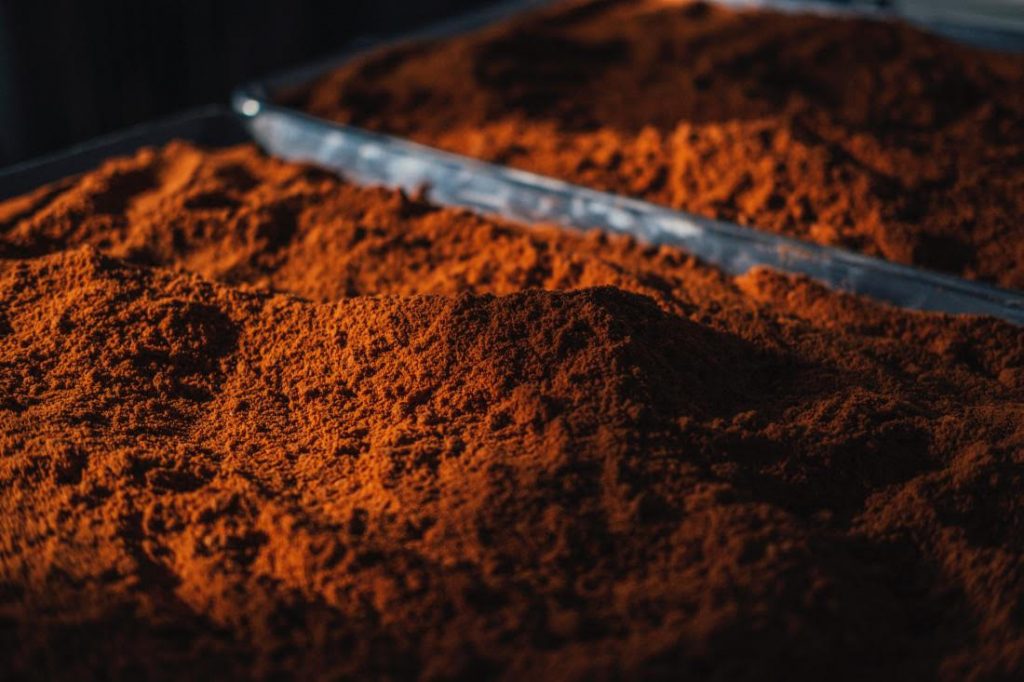
As for her work experience, just as it happens with the transition from science to the arts, from engineering to design, she says that history remains meaningful.
“When I studied engineering, the first internship I did was at a construction company in Venezuela, doing the calculations of the cost of building a guard house. Then, when I was in my last year of the major, I did an internship in Paris at a company that manufactures cables. During that last internship I had an existential crisis, reconsidered what I wanted to do with my life, and I decided to move to New York after graduating as an engineer.
In Parsons I studied for two very intense years, while I also did many internships with emerging fashion designers and during my last semester I did an internship at Michael Kors, where I had my first job; after that I worked for a smaller company that manufactures men’s clothing and finally, a sportswear company.”
Cultivating Fragmentario
Regarding the beginning of Fragmentario, the personal project that started while she worked as a fashion designer, she says that its evolution was such that it required full-time dedication, even without knowing clearly where it was headed. “While I was at that last job, I started Fragmentario as a personal project. After six months, I realized that I was going to have to choose a path: to be a fashion designer or dedicate myself to Fragmentario. I chose the second option, not knowing very well what it would imply. The main pillar of this project is to reassess our relationship with time, something that worries me a lot, on a personal level. The Slow Food Movement was an important inspiration and I wanted to re-imagine how to take this mindset to other areas. Textiles and dyeing plants served as a democratic entry point: everyone knows what an avocado or an onion are. The leap into the architectural realm happened by chance, by having an excess of avocado seeds and looking for a way to use them.”
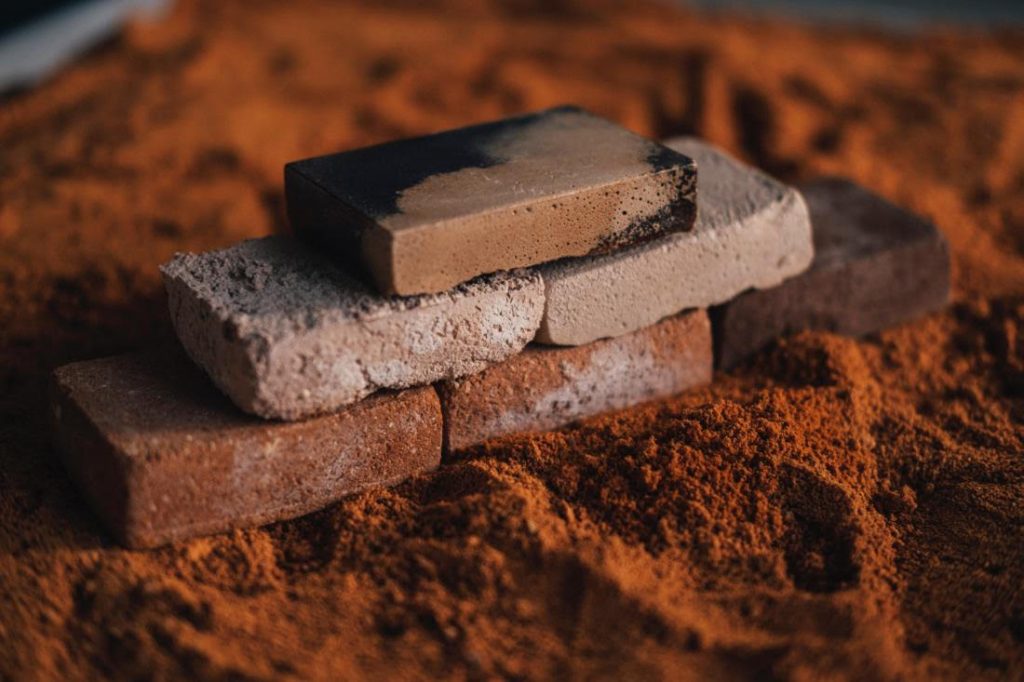
For María Elena the search for self-sustainability is inspiring and an important part of her daily work: “I try to make my work as self-sustainable as possible, without falling into luddite ideas. There are many steps of my work that wouldn’t make much sense to the bystander. Washing and crushing hundreds of avocados regularly, for example, when I could buy avocado powder and save myself plenty of time. But making my own powder has taught me a lot about the behavior of the material and think about geological processes: how stones are formed, how sand is formed, erosion processes. It helps me think.”
From avocado seeds to bricks
The story is full of brilliant moments where chance is the protagonist. In this case, nostalgia and convenience add to the mix. “In 2013, my husband asked me for help in a project involving textiles. He wanted to use organic cotton. The offer of colors we got was limited and he told me that walnut husks, onion skins and avocado seeds were sources of color that we could use to dye the textiles. Gradually, we began doing research and experimenting.
Of those three characters, the one that triggered my curiosity the most was the avocado seed. A combination of nostalgia from Venezuela and an excuse to explore myself and my affections. I started saving the seeds from my everyday use, then my friends started saving theirs and later I began collaborating with restaurants. Having more supply of the material, I became braver when I experimented: I can manage to have 100 seeds in a year on my own, while a restaurant can give me 100 seeds a day.
Avocado has a sentimental value to me, but it also happened that I live in a place where there’s a large offer of waste material that comes from it. If I lived in another area (the countryside, or a city where avocados aren’t consumed at this level), I would have to explore with a new material.”
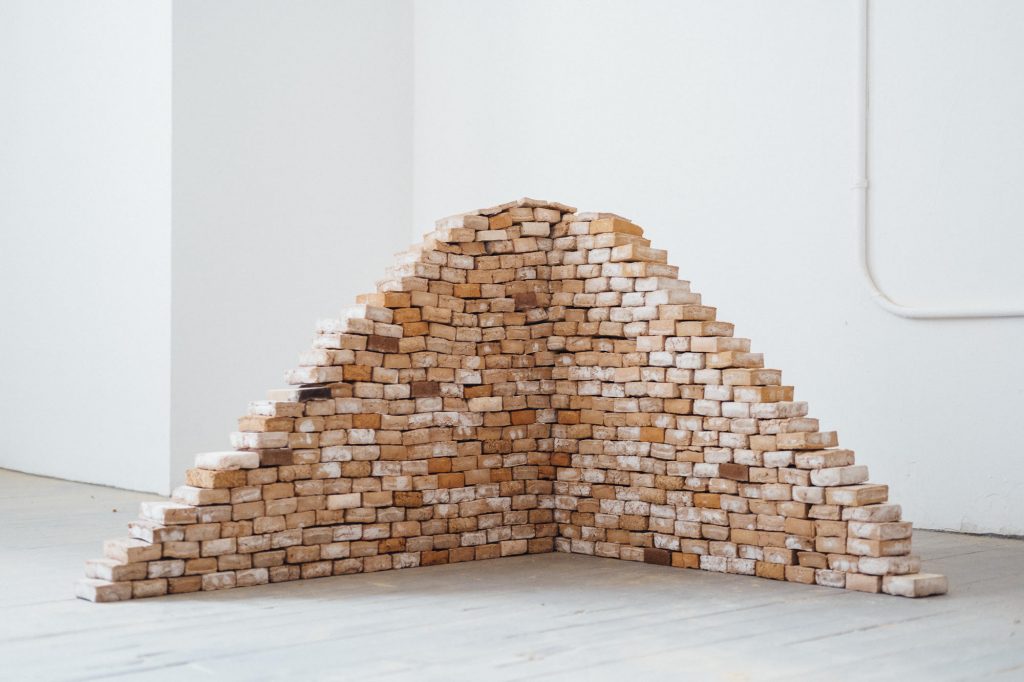
The use of avocado seeds as a construction material is an innovative solution that, although it’s still in an experimental phase, could be the answer to a more environmentally friendly form of construction.
“At the moment, the process is at the artisanal level. I make the bricks in my studio with seeds that I obtain from restaurants in New York. I make 2-3 visits a week. Depending on the restaurant, they can give me between 50 or 300 seeds on each visit. In my studio, I wash them and put them to dry outdoors, then crush them with a blender until I get an exceptionally fine powder. That takes about three weeks. Bricks are basically artificial rocks. Another example of the many times human begins copy or imitate mother nature. There are three types of rocks: igneous, sedimentary, and metamorphic. I have tried to replicate (in an expedited manner) each of these processes, using avocado powder as a base. The most appropriate imitation I’ve made is the process of sedimentary rocks formation, which are formed with the accumulation of small particles, adding an algae that works as a binder and other substances that complement the properties of avocado seeds (oyster shells from a French restaurant, sand that’s left on the building where I live after finishing works, etc.). I dry the bricks outdoors. They take about 4 weeks to dry completely. Right now, I can make up 100 in a day in a way that’s not sustainable for myself. I’ve mapped ways to streamline the process, but I’m not sure if that’s my path or if I’ll stay on a small-scale doing research.”
A green future
The use of avocado seeds and other materials in her professional and artistic practice, certainly reveals Pombo’s concern for the future of the planet and the need to take action to find more environmentally friendly practices.
“In architectural design in particular, something that worries me a lot, especially since I don’t see this conversation taking place outside specialized circles, is the fact that we are running out of sand. Then, it’s important to look for alternative materials, which can be used in combination with sand, or as a replacement for it. Especially waste materials such as avocado seed powder, or also seashell powder, which is used as fertilizer. Also, I believe that we could rethink the use of existing structures. In Japan, Spain, and Italy, for example, there are a large number of abandoned homes in rural areas (often entire villages) that governments are trying to repopulate. In China there are an estimated 50 million empty apartments (22% of the homes in the country). Can we imagine these structures as an architectural equivalent of vintage clothing? I think that in addition to looking for alternative materials, there is room to reconsider the use of these existing structures and bring them into the future.”
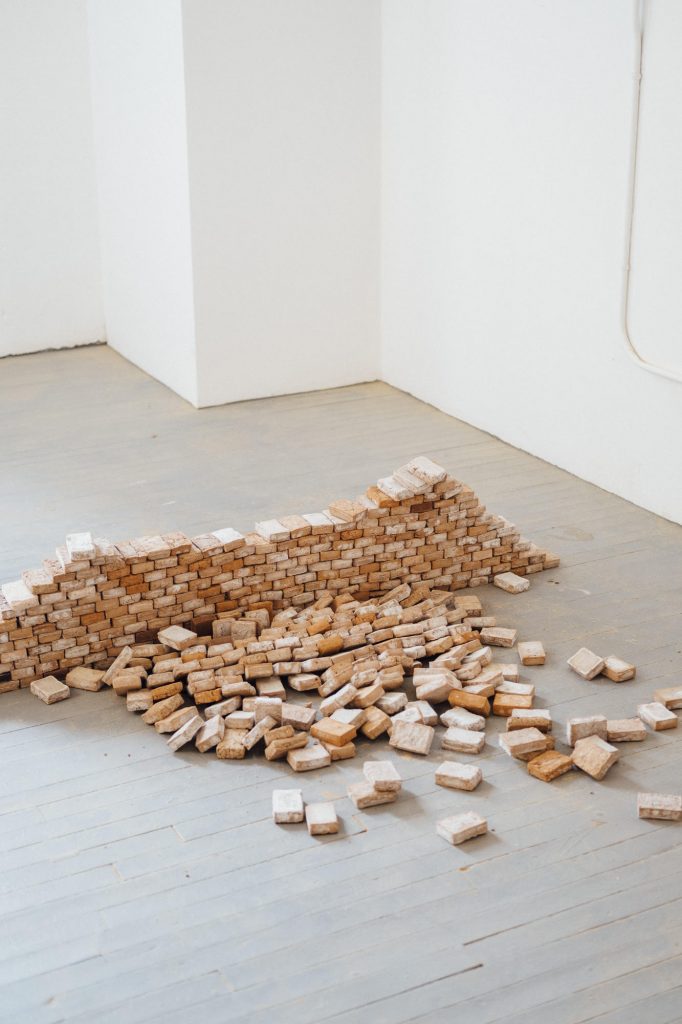
But the development of ecological alternatives in the construction field would benefit more than just the environment. She also proposes it as an alternative to rescue an economy -in this case the Venezuelan economy- characterized by the unlimited exploitation of non-renewable resources that are not only exhausted in terms of reserves, but also becoming increasingly obsolete.
Her participation in the London Design Biennial, which due to Covid-19 has been postponed for 2021, actually revolves around this proposal. “I’m participating independently, representing Venezuela through Fragmentario. The theme of the edition is “Resonance,” the effects of our tangible and intangible actions. In this case, I propose to observe how three events resonate: the high consumption of avocados globally, the Venezuelan mono-economy based on oil production, the Venezuelan exodus of recent years.
In the 100 years of the oil-rich Venezuela, we haven’t diversified our economy beyond the black gold. This dependence has had catastrophic consequences at the social, cultural, and economic levels. We have had bonanza periods characterized by splurge, followed by scarcity periods like the current one. I don’t deny the progress we made as a country due to oil revenues, but I do think it’s time to reimagine a future where we don’t depend on it. Above all, in the context of the diaspora, I think it’s vital to think of a future where a re-entry of those more than 5 million Venezuelans (and their descendants) is possible.
I propose a circular and innovative economy, taking a first step based on avocado seeds, a material that we have in large quantities in Venezuela. Not as a final destination, but as one of the paths to the possible future.”
The fruits of the pandemic
Fragmentario’s studio is located in New York, one of the cities in the world that has been hit the hardest by the pandemic. When the whole nightmare began, María Elena was preparing for her participation in the London Biennial, so she was somehow already living in confinement, but for work-related reasons. Immersed in her creative process, the pandemic forced her to modernize and change some methods to avoid stopping the work.
“When the pandemic began, I was halfway through a project to make 2022 avocado seed bricks for the London Design Biennale. I imagined that the event was going to be postponed, but I decided to stick with my goal of reaching that number (2021+1) before June. When I was about to finish, the organizers announced that the event was postponed until 2021.
Finishing the bricks during the pandemic was complicated because my supply of avocado seeds dropped, as the restaurants I worked with closed or had less customers. For the last 100 bricks I had to buy avocado powder that is obtained from food suppliers. The pandemic forced me to modernize my processes.”

Sign up to receive email updates on the latest products, collections and campaigns.
Carrera 9 Nº80-45
Bogotá D.C., Colombia
Monday to Friday: 11:00 a.m. - 07:00 p.m.
Saturday: 11:00 a.m. - 06:00 p.m.
(+571) 432.7408/7493
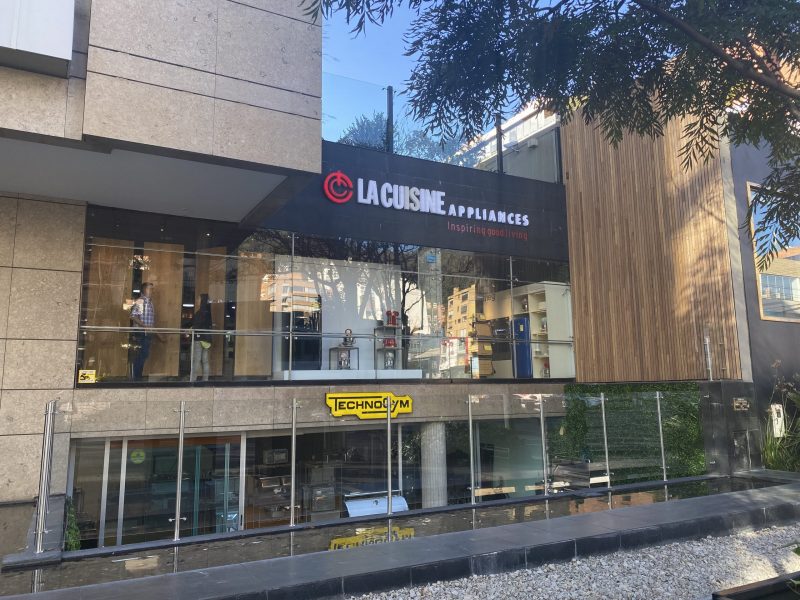
Calle 77 #72-37
Barranquilla, Colombia
Monday to Friday: 08:00 a.m. - 06:00 p.m.
Saturday: 09:00 a.m. - 01:00 p.m.
(+57) 605 352 0851
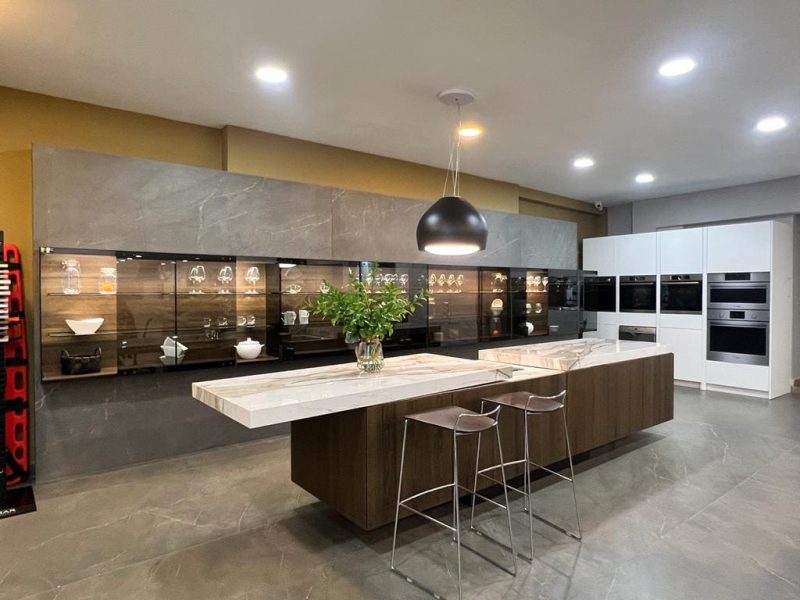
Edificio La Cuisine
Costado Suroeste, C.C. La Paco
Escazú, Costa Rica
Monday to Friday: 09:00 a.m. - 05:00 p.m.
Saturday: 10:00 a.m. - 04:00 p.m.
(+506) 4000.3555
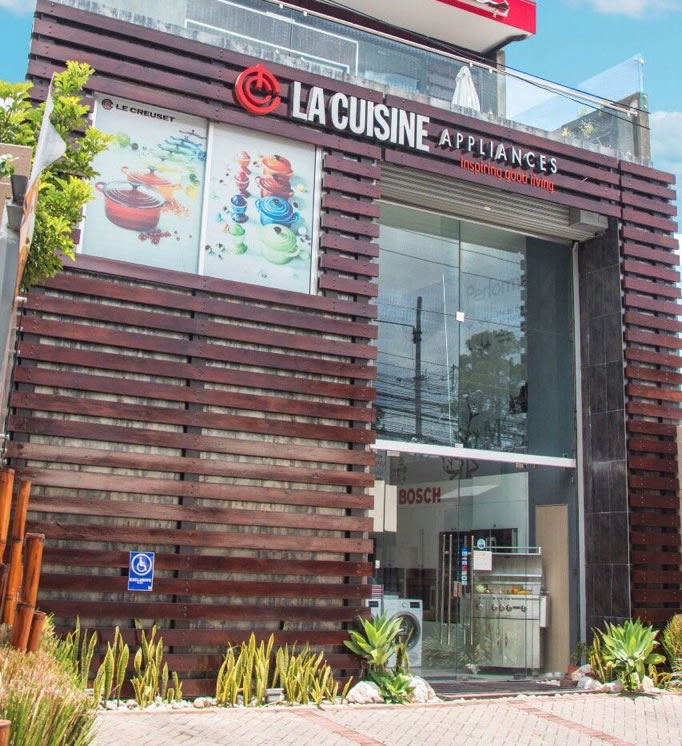
Galerías de Puntacana No. 51
Punta Cana, La Altagracia, R.D.
Monday to Friday: 09:00 a.m. - 06:00 p.m.
Saturday: 10:00 a.m. - 01:00 p.m.
(809) 378.9999
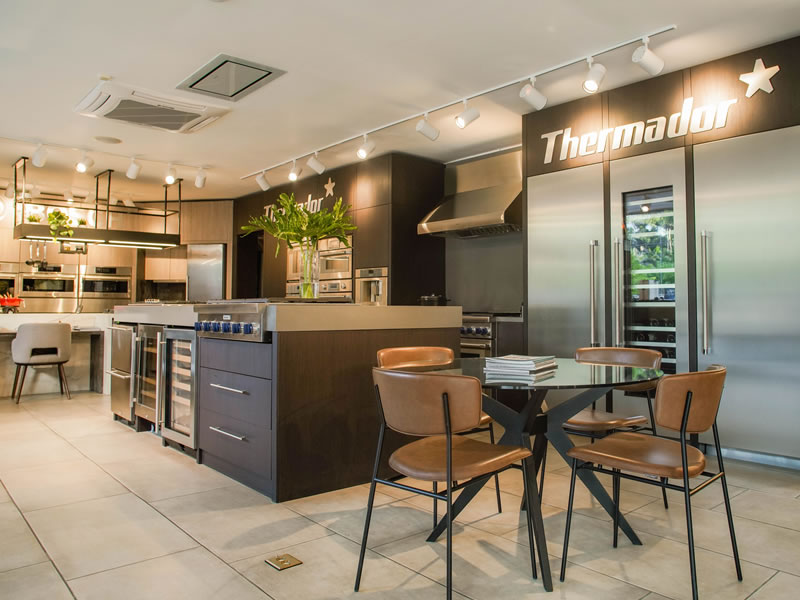
C/Rafael Augusto Sánchez No.22,
Piantini, Santo Domingo, R.D.
Monday to Friday: 09:00 a.m. - 06:00 p.m.
Saturday: 09:00 a.m. - 01:00 p.m.
(809) 378.9999
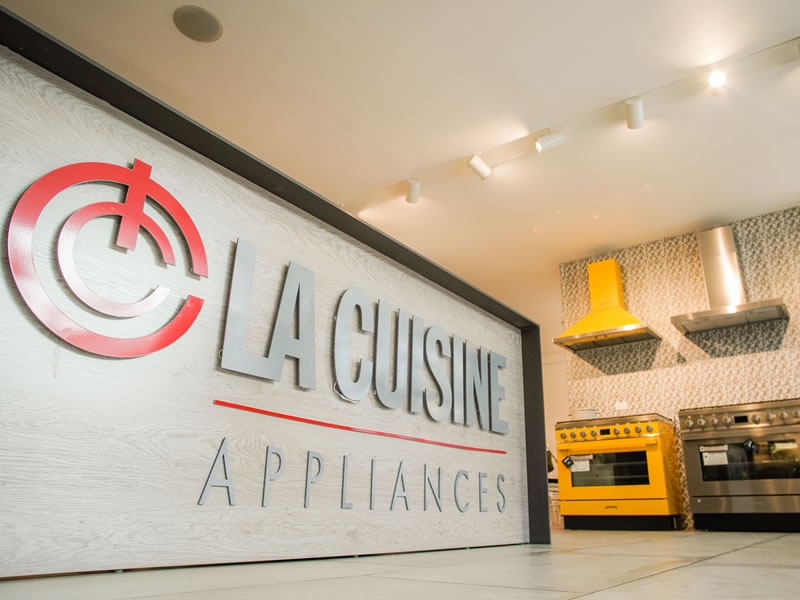
18187 Biscayne Bvld., Aventura
FL 33160
Monday to Friday: 10:00 a.m. - 06:00 p.m.
Saturdays by appointment.
(786) 322 5432
www.lacuisineappliances.com
sales@lacuisineappliances.com
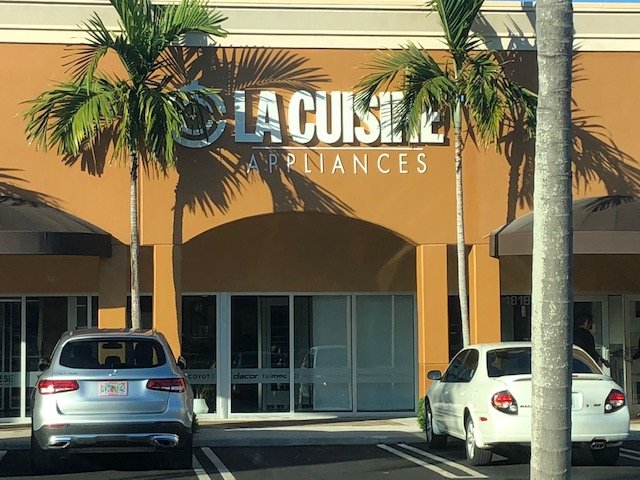
3232 Coral Way,
Miami FL 33145
Monday to Friday: 10:00 a.m. - 06:00 p.m.
Saturday: 10:00 a.m. - 03:00 p.m
(305) 442-9006
www.lacuisineappliances.com
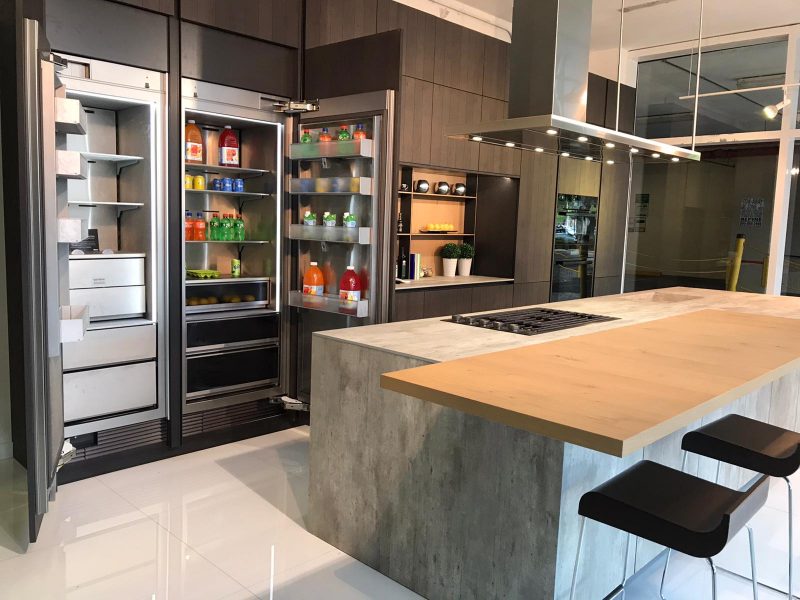
2005 NW 115th Avenue
Miami, FL 33172
Monday to Friday: 09:00 a.m. - 05:30 p.m.
Saturday: Closed
(+1) 305 418.0010
info@lacuisineinternational.com
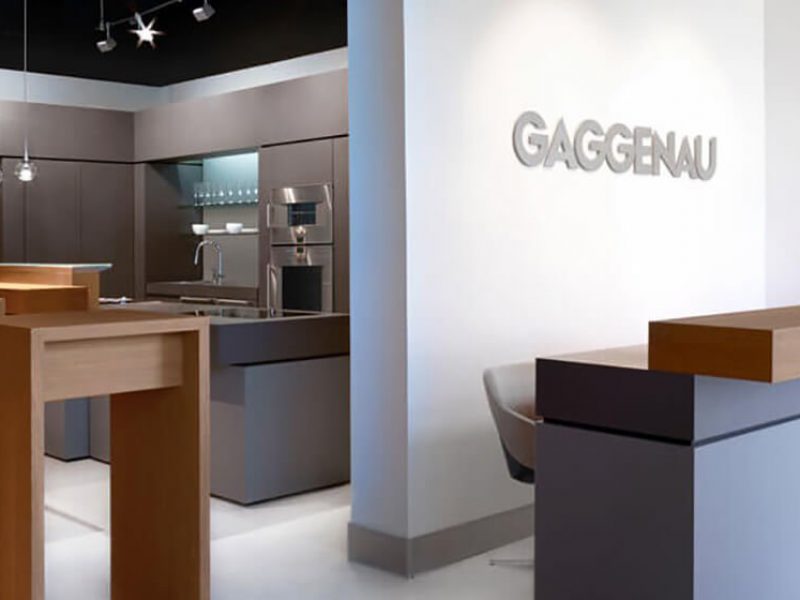
Obarrio. Av. Samuel Lewis,
Addison House Plaza,
Local No.11, Panamá
Monday to Friday: 09:00 a.m. - 06:00 p.m.
Saturday: 10:00 a.m. - 04:00 p.m.
(+507) 265.2546/2547
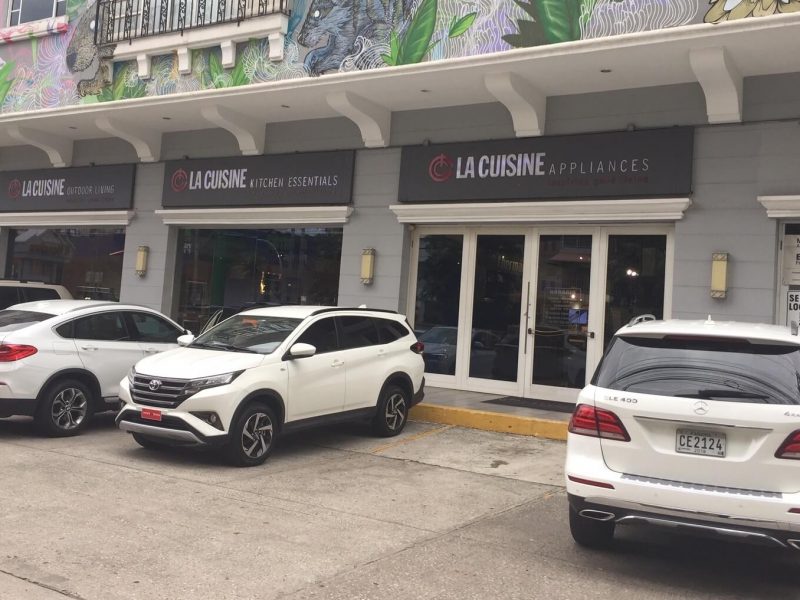
Av. Caminos del Inca 1603,
Santiago de Surco, Perú
Monday to Friday: 10:00 a.m. – 07:00 p.m.
Saturday: 10:00 a.m. – 01:00 p.m.
(+511) 637.7087

Centro Comercial San Ignacio, Nivel C, local No.5
Caracas, Venezuela
Monday to Saturday: 10:00 a.m. – 07:00 p.m.
(+58) 212 264.5252
(+58) 414 018.5352 (Wholesale)
ventas@lacuisineappliances.com
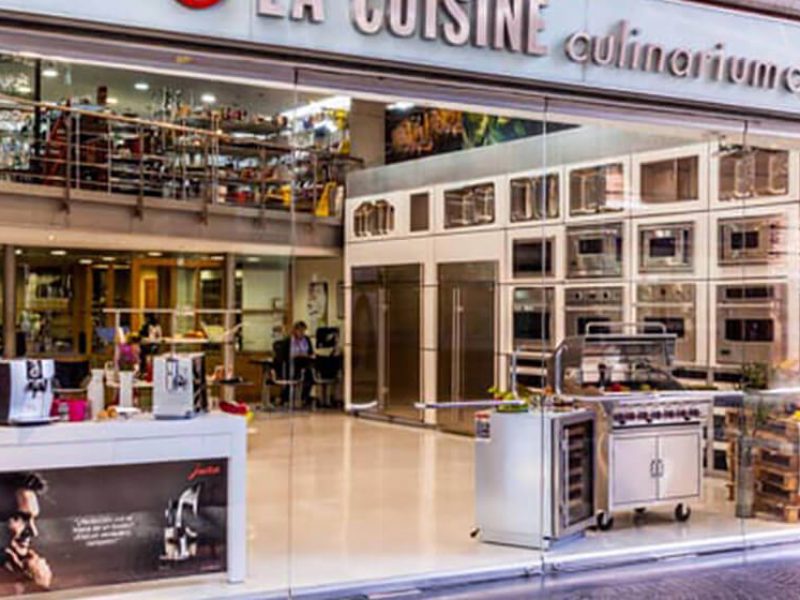
Complejo Pradera Ofibodegas No.13,
20 calle final Z. 10 Km. 6.8 Carretera a Muxbal,
Santa Catarina Pínula, Guatemala
Monday to Friday: 08:00 a.m. - 05:30 p.m.
Saturday: 09:00 a.m. - 12:30 p.m.
(+502) 6671-3400
